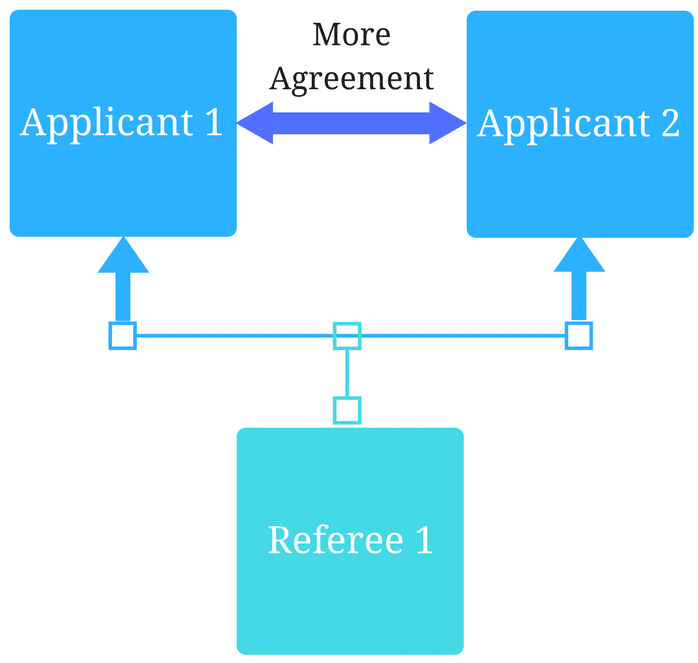Why solving professionalism issues in dentistry begins with re-thinking admissions processes

March 26, 2021
The American Dental Education Association’s (ADEA) own policy statements make clear the need for programs to identify applicants with high standards of integrity and motivation, and to adequately consider non-cognitive factors in admissions decisions. However, even with these policies, a survey of dental program directors in the United States identified inadequate resident professionalism as a significant issue for their program.
Issues of professionalism are common in many other jurisdictions, and most intriguing is that a few bad actors have high disciplinary costs. For example, in Australia, four percent of dental practitioners represented nearly half of all complaints received.
Professionalism is also much harder to successfully remediate than technical knowledge gaps. In the medical field, the success rate of remediation of residents for knowledge gaps is more than double the success rate for professionalism.


So if residents are being reported to have significant professionalism issues that are difficult to remediate, then the logical step is to walk back and focus on identifying and selecting program applicants who are less likely to demonstrate problematic behavior. To do this successfully requires re-thinking the way these qualities are evaluated in the admissions process.
Like many other programs, dental schools review personal statements and reference letters to get a sense of who these applicants are, but research has consistently shown that both these tools are unreliable and do not predict future performance. Interviews can also be unreliable, especially if they are unstructured. Many well-rounded candidates are also missed because early screening processes rely too heavily on cognitive metrics.
Reliable metrics for professionalism offer a path forward. Open-response situational judgment tests (SJT) probe applicants not only on what they would do in a tough situation, but why, revealing their strengths in areas such as ethics, problem solving, collaboration, and communication. These tests ultimately provide scores that can be easily integrated and leveraged in existing admissions processes. Research for the Casper SJT in the medical field shows a high correlation with MMI performance, and Casper was shown to predict performance on the Canadian licensure exams, which can be used as a surrogate for non-cognitive performance in the profession.
Both The University of Utah School of Dentistry and Indiana University School of Dentistry recently adopted Casper to see if it could provide more reliable professionalism metrics on their applicants. Utah’s raw data totals seemed to show that in their second year of using Casper, there was an increase in pro-social attitudes in the students they invited to their program, with a substantial number of students scoring in the +1 to +2 range. Indiana saw negligible correlations between Casper scores and academic measures, indicating that Casper captures those professionalism variables that academic screens do not.
Lots of options for professionalism assessments emerging in a brave new world

Casper is just one tool that can help improve the admissions process. While there is no silver bullet to solving this long-standing problem, new tools and strategies are emerging. It will take some time to prove their effectiveness, but it’s clear that maintaining the status quo is not the answer.
This article is based on the presentation, “Programming for success when changing admissions processes: Why and how” at the 2021 ADEA Annual Session and Exhibition. If you attended the event, but missed the presentation, make sure to watch it on-demand.
Photo by Anna Shvets from Pexels
Related Articles

How interviews could be misleading your admissions...
Most schools consider the interview an important portion of their admissions process, hence a considerable…
Reference letters in academic admissions: useful o...
Because of the lack of innovation, there are often few opportunities to examine current legacy…
